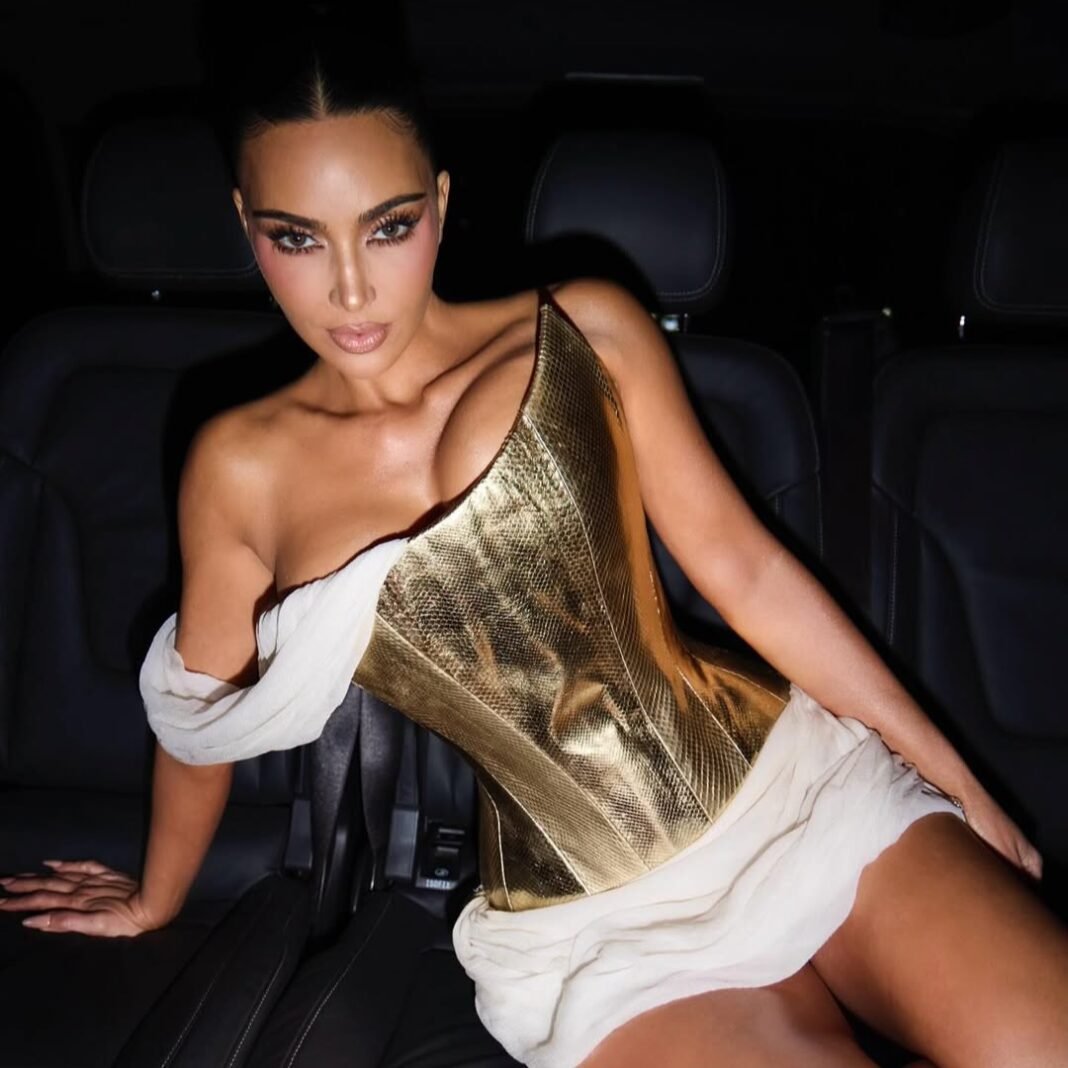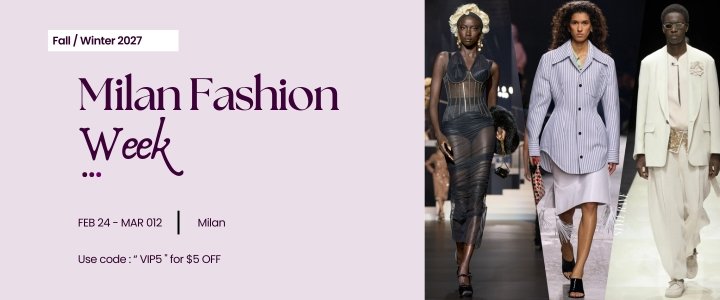There’s a moment every woman remembers from her childhood birthdays—the ritual of choosing the dress. Perhaps yours came from a special boutique, wrapped in tissue paper, reserved for this one perfect day. But what happens when the birthday girl has access to literally every dress ever made? Kim Kardashian answered that question on her 45th birthday in Paris, stepping into not one but two museum-worthy vintage pieces: a John Galliano-era Dior gown for her series premiere and a 1997 Alexander McQueen-designed Givenchy goddess dress for her private cabaret celebration. This wasn’t simply a wealthy woman playing dress-up with expensive clothes. Rather, it signals a seismic shift in how cultural tastemakers are redefining luxury milestones—transforming birthdays from fleeting celebrations into carefully orchestrated fashion moments that honor both personal history and haute couture legacy. The message is clear: in 2025, the ultimate birthday gift isn’t what you’re given, but what you choose to wear from fashion’s hallowed past.
The Evolution of Milestone Celebrations
The calculus of celebration has fundamentally changed. Where previous generations of celebrities marked milestone birthdays with extravagant parties, cascading champagne towers, and statement jewelry pieces destined for vault storage, today’s cultural architects are writing different scripts entirely. Kardashian’s dual-archive approach on October 21, 2025, attending the French premiere of her legal drama series All’s Fair while simultaneously hosting an intimate Crazy Horse cabaret celebration, exemplifies this evolution. Each moment demanded its own historical reference point, its own dialogue with fashion’s institutional memory.
For the red carpet premiere, she selected an icy-blue Dior dress from John Galliano’s Spring/Summer 2000 ready-to-wear collection, a period when Galliano was reshaping the house’s identity with his theatrical romanticism. For the private celebration that followed, she transformed into something altogether more audacious: a gold-and-white asymmetrical corset dress from Givenchy’s Spring/Summer 1997 Couture collection, designed during Alexander McQueen’s controversial tenure at the French house. The piece itself reads like a manifesto—a metallic gold corset with an asymmetrical jutting neckline, one draping white sleeve suggesting classical sculpture, and a toga-inspired skirt embroidered with gold. Styled with austere minimalism, gold sandals, a slicked bun, and notably no jewelry, the dress was allowed to speak entirely for itself.
The New Luxury Paradigm: Archive as Ultimate Signifier
This strategic restraint reveals something crucial about the new luxury paradigm. The archive piece has become the ultimate signifier of cultural literacy and economic access. Unlike contemporary designer collaborations or limited-edition drops that anyone with sufficient capital can acquire on release day, vintage couture requires something far more valuable: relationships with auction houses, private collectors, and fashion house archives. It demands knowledge of fashion history, understanding of preservation techniques, and often, custom alterations by specialists who work with museum-quality textiles.
Celebrity stylist consultants who spoke on background for this piece describe an entirely new infrastructure that has emerged to support this trend. Where once stylists maintained relationships primarily with contemporary fashion houses and their press offices, they now cultivate connections with auction house specialists at Christie’s and Sotheby’s, vintage dealers with climate-controlled storage facilities, and even museum curators who might facilitate loans from institutional collections for sufficiently high-profile events. One stylist described spending six months negotiating to secure a specific Thierry Mugler piece for a client’s 40th birthday, navigating insurance requirements, transportation logistics, and alteration permissions that rivaled the complexity of museum exhibition planning.
Economic Impact and Market Transformation
The economic implications extend far beyond individual transactions. Fashion historians note that high-profile celebrity wearings of archive pieces have demonstrable impact on auction valuations and collecting trends. When Kardashian previously wore Marilyn Monroe’s iconic 1962 Jean Louis gown to the Met Gala, the event sparked international debate about preservation ethics while simultaneously driving auction prices for 1960s Hollywood glamour pieces upward by estimated double-digit percentages. Her appearance in Janet Jackson’s original music video costume created similar ripples through the memorabilia market.
This phenomenon represents what luxury brand strategists call the “connoisseurship signaling” trend. In an era when wealth itself has become democratized through social media’s illusion of access, and when contemporary designer pieces can be identified and purchased by anyone with an internet connection, archive fashion provides something increasingly rare: exclusivity that cannot be replicated. There will only ever be one 1997 Alexander McQueen goddess dress from his Givenchy collection. There will only ever be one ice-blue Galliano Dior from Spring 2000. Wearing these pieces broadcasts not just wealth, but cultural capital, historical knowledge, and access to rarefied networks.
Temporal Luxury: The Inversion of Fashion’s Forward Momentum
Fashion theorists identify this shift as part of a broader cultural movement toward what they term “temporal luxury”—the idea that true exclusivity now exists not in owning the newest, but in accessing the irreplaceable. This represents an interesting inversion of fashion’s traditional forward-facing momentum. For decades, luxury fashion positioned itself as perpetually innovative, always gesturing toward the future. Today’s archive obsession suggests that cultural tastemakers increasingly find meaning in conversation with the past.
The birthday celebration specifically has emerged as the ideal canvas for this curatorial approach. Unlike award shows, which demand adherence to contemporary campaign dressing and designer relationships, or film premieres for projects one doesn’t personally control, birthdays offer complete creative autonomy. They are perhaps the only remaining celebrity moments that belong entirely to the individual, free from corporate obligations or professional requirements. This makes them ideal opportunities for the kind of highly personal historical storytelling that archive fashion enables.
Narrative Construction Through Archive Selection
Consider the narrative embedded in Kardashian’s choices. The Galliano Dior piece references a moment of creative reinvention at an established house—apt for someone launching a new chapter in her own career with All’s Fair. The McQueen Givenchy dress, designed during the British enfant terrible’s uncomfortable corporate period, speaks to the tension between artistic vision and institutional constraints, between raw talent and polished presentation. These are not random selections, but carefully constructed dialogues between personal biography and fashion history.
Cultural anthropologists who study celebrity culture note that social media has fundamentally altered how milestone celebrations function in the public imagination. Where previous generations might commission official portraits or host exclusive private events, today’s milestone moments are designed for multi-platform documentation and global dissemination. This creates pressure for celebrations to deliver not just personal satisfaction but cultural commentary—something meaningful enough to justify the attention economy’s investment.
Archive Fashion as Built-In Narrative
Archive fashion solves this problem elegantly. It provides built-in narrative depth, historical context, and visual drama that translates powerfully across Instagram grids, TikTok videos, and editorial coverage. A contemporary gown, however beautiful, is simply a dress. An archive piece is a story, a conversation, a statement about taste, history, and cultural values.
The trend extends beyond Kardashian. Industry observers point to similar patterns among other cultural influencers approaching significant birthdays. Designers themselves have begun treating their own milestone celebrations as opportunities to revisit their greatest hits, wearing archive pieces from their own collections in what amounts to walking retrospectives. This creates interesting recursive loops where the creator becomes curator, the designer becomes archivist of their own history.
Industry Transformation and Institutional Response
Fashion house archive departments report increased pressure to maintain comprehensive historical collections as these pieces gain value not just as design references but as potential future assets. Several major houses have quietly expanded their archiving staff and storage facilities in recent years, recognizing that vintage pieces might now generate more cultural capital and media attention than current season offerings.
The implications for fashion’s future remain complex. On one hand, this archive obsession creates renewed appreciation for craftsmanship, historical context, and fashion as art form rather than disposable commodity. It encourages preservation and scholarly attention to fashion history. On the other hand, critics worry about reducing irreplaceable historical pieces to celebrity accessories, about the wear and tear on fragile garments, and about creating artificial scarcity that drives prices beyond institutional acquisition budgets.
Celebrity as Curator: A Maturing Relationship
Yet perhaps most significantly, this shift suggests a maturing relationship between celebrity culture and fashion history. Rather than simply wearing whatever arrives newest from runway to doorstep, cultural tastemakers are increasingly positioning themselves as custodians and interpreters of fashion’s archive. They’re making arguments about which designers, which moments, which pieces deserve renewed attention and contemporary relevance.
When Kim Kardashian chooses a 1997 Alexander McQueen piece for her 45th birthday, she’s not just getting dressed. She’s making a case for reassessing McQueen’s Givenchy period, often dismissed as his weakest work. She’s participating in the ongoing project of determining which fashion moments transcend their original context to achieve lasting significance. She’s demonstrating that luxury, in its most refined form, isn’t about acquisition but about curation—the ability to select from history’s wardrobe the pieces that best articulate your own narrative.
The New Calculus of Celebration
This is the new calculus of milestone celebration. The question is no longer what gift equals what occasion, but rather which historical moment best mirrors your current chapter. The birthday dress has evolved from something new to something irreplaceable, from something given to something chosen with archival precision. In transforming birthdays into fashion exhibitions, cultural tastemakers haven’t diminished celebration—they’ve elevated it into something approaching institutional curation.
The childhood ritual of choosing the special birthday dress continues. The only difference is that now, for those with sufficient access and cultural fluency, the boutique has expanded to encompass fashion’s entire documented history. And the tissue paper has been replaced by white gloves, climate-controlled storage, and insurance policies that rival museum collections. The dress still makes the moment special—it’s just that now, the dress might be older than the birthday girl herself, carrying its own history into her celebration, creating dialogue between past and present that transcends simple luxury to approach something like fashion scholarship.
This is what milestone luxury looks like in 2025: not the newest thing money can buy, but the irreplaceable thing that history has already made, waiting for the right moment and the right wearer to bring it back into contemporary conversation.



